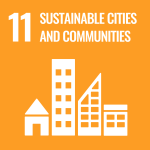 Goal 11: Sustainable Cities and Communities
Goal 11: Sustainable Cities and Communities
MAKE CITIES AND HUMAN SETTLEMENTS INCLUSIVE, SAFE, RESILIENT AND SUSTAINABLE
Research
New School of Archaeology and Maritime Culture
Recruited to aid in the establishment of the new School of Archaeology and Maritime Culture, Prof. Israel Finkelstein of the Faculty of Humanities aims to make the school a catalyst for lifting Israeli universities to the upper echelon of international archaeology rankings. 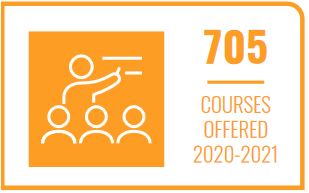 The school will be the first-of-its-kind in Israel to integrate under one roof the full scope of archaeological activities – on land and in the sea. Recently, UofH signed a new agreement with the Technion to strengthen archaeological research.
The school will be the first-of-its-kind in Israel to integrate under one roof the full scope of archaeological activities – on land and in the sea. Recently, UofH signed a new agreement with the Technion to strengthen archaeological research.
Emergency Readiness
The National Knowledge and Research Center for Emergency Readiness serves as a think-tank for policy framers, decision-makers, and a cross-section of academic practitioners. The center functions as a hub for research and knowledge on coping with emergency situations – before (deterrence, mitigation, and preparation for response), during (crisis management), and after the crisis (short and long term recovery). Furthermore, Multidimensional hazards, vulnerabilities, and perceived risks regarding climate change and Covid-19 at the city level are being studied by a team from the School of Environmental Sciences researchers.
Public Engagement
Art Studios for Youth-at-Risk
Dr. Michal Bat Or of the Faculty of Social Welfare and Health Sciences and Emili Sagol Creative Arts Therapies Research Center opened two studio spaces in the Haifa area – in a shelter for youth involved in prostitution and in the Karmiel Children and Youth Village for At Risk Youth. Both studios hold gallery events and invite the wider community to view the participants’ work.
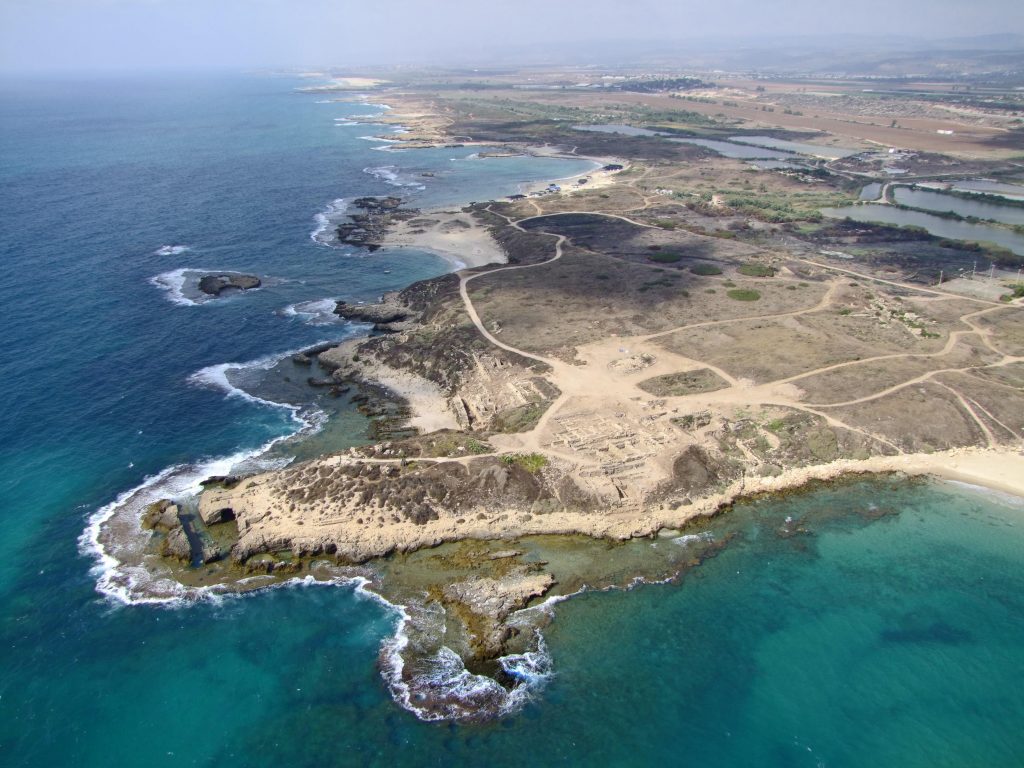
Green Roofs
In partnership with the municipality, the Kadas Center launched the ‘Green Roof’ project through which local residents participate in a month-long course in which they learn how to start and tend to public and private rooftop gardens. Accessible to the public, participants earn practical experience as they learn in a living “green roof” that is strategically situated atop the building of the Center for City Residents Services.
Learning & Students
Harmony: Arab-Jewish Orchestra
Composed of Muslim, Jewish, Christian and Druze musicians, the UofH Arab-Jewish Orchestra inspires cooperation, openness and harmony. The Orchestra plays instruments representing both East and West, and sing together in Arabic, Hebrew, and English. Under the Direction of Prof. Taiseer Elias of the School of Arts, the orchestra performs across Israel and worldwide.
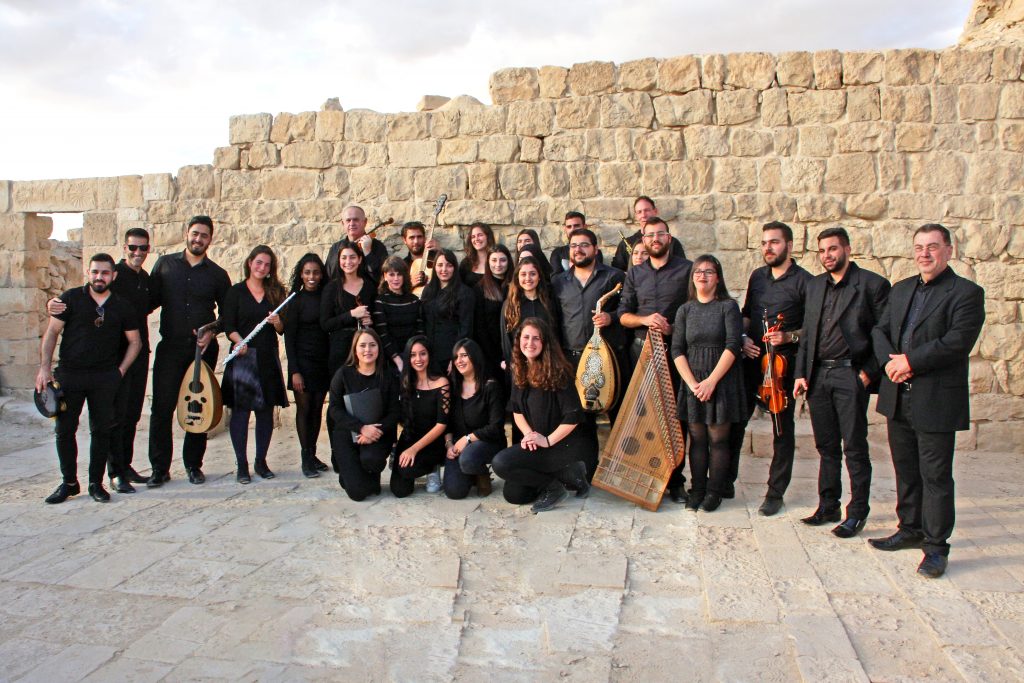
Fostering Environmental Activism Locally
A newly developed course by Prof. Noga Collins-Kriener and Prof. Shlomit Paz on Environmental Activism aims to advance environmental activity among diverse communities of Israel’s north. Through the course, the university will contribute to communal and environmental efforts by teaching local actors and strengthening regional connections.
Operations
New Cable Car System!
UofH is now one of the only universities worldwide linked to the city via cable car. The recently completed 4.4 Km Cable Car system climbs 460 meters to connect the city’s main train station, the Technion, and University of Haifa’s mountain campus. Reducing public transport emissions, the cable car is fast becoming a major city tourist attraction.
Hecht Museum: Jewish Art
For centuries, Jews in European countries could not integrate into the popular artistic practices. This changed during the Enlightenment and Emancipation period in the late eighteenth century, first in Germany and Western Europe. The UofH Hecht Museum’s Jewish Art Exhibit includes works by early Jewish-Dutch painter Joseph Israels, as well as Herman Struck, Jacob Steinhart and Joseph Budko, all of whom immigrated to Israel and took part in the early process of crystallizing Israeli art.
Environmental Impact
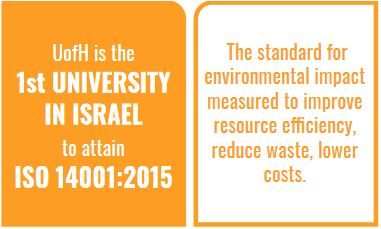 UofH is the 1st university in Israel to attain ISO 14001:2015The standard for environmental impact measured to improve resource efficiency, reduce waste, lower costs. This year the university also voluntarily reported emissions to the Ministry of Environment.
UofH is the 1st university in Israel to attain ISO 14001:2015The standard for environmental impact measured to improve resource efficiency, reduce waste, lower costs. This year the university also voluntarily reported emissions to the Ministry of Environment.


